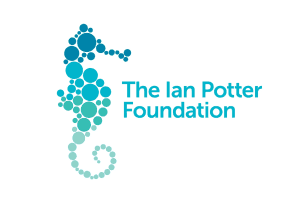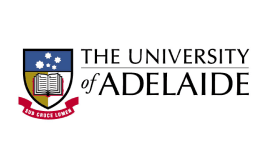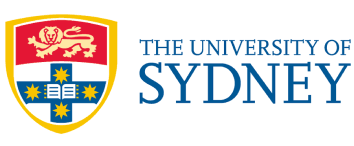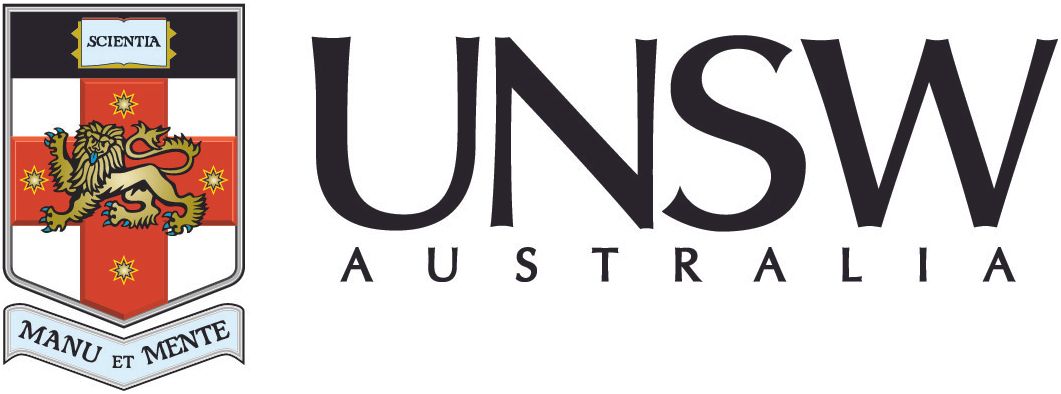Mixed turtle hatchling season highlights risks of increasing heat

Image source: University of Western Australia
News story
6 February 2025
Northern Australia’s coastlines are important places for marine turtle nesting. Monitoring has revealed that it is a good year for loggerhead turtle hatchlings in Queensland, but things are going badly in WA’s Pilbara region, with extreme weather events taking a heavy toll on flatback turtle hatchlings there this year.
Marine turtles are very vulnerable to climate change because their eggs are laid in underground nests and the temperature of the sand is critical. Studies have shown a decline in emergence success from flatback nests with sand temperatures above 32.5 degrees Celsius.
The sex of a hatchling is also determined by the nest temperature with mostly females produced from warmer nests.
We asked Biodiversity Council marine turtle expert Professor Nicki Mitchell from The University of Western Australia’s Oceans Institute for her insights.
“Thanks to long-term monitoring programs in Western Australia we know this nesting season is unusual – not only are fewer hatchlings erupting from nests, but those that do are more likely to be females.
“Long lived species such as marine turtles can withstand the odd year when reproduction fails. But if breeding seasons such as the one we’ve had in WA this summer become the norm, then our fairly stable sea turtle populations will start to decline."

Researcher Professor Nicki Mitchell with a nesting turtle at Port Headland. Image source: Anna Ortega
“Taking climate action to minimise global warming is really important for the long-term survival of marine turtles. Australia should accelerate its transition to renewable energy and export green energy to countries that don’t have our abundance of renewable energy resources.
"Alarmingly, a landmark report out this week shows that climate change is running rampant, and that solar geoengineering may be necessary within decades to prevent extreme warming scenarios.
“At a local scale, we can help turtles during heatwaves by intervening to make their nests cooler, such as through shading or watering. Reducing microplastics in beach sand will also help, as plastic makes sand warmer.
“Other ways to help turtle hatchlings are to reduce light pollution, and control invasive predators like feral pigs and foxes.”
A female flatback turtle returning to water after nesting on Delambre Island in the Pilbara. Image source: Nicki Mitchell
Previous research by The University of Western Australia and the Department of Biodiversity, Conservation and Attractions’ North West Shelf Flatback Turtle Conservation Program found that climate change will impact the emergence success and sex ratio of flatback turtle hatchlings in the Pilbara region.
The study assessed the impacts of warmer sand temperatures on the primary sex ratio and thermal mortality thresholds of flatback turtles across 402 Pilbara beaches of the Western Australian coastline.
They found that under future climate scenarios, across the Pilbara region the proportion of eggs that will successfully hatch with hatchlings reaching the surface of the beach is predicted to decline from 76% to 63% with a 2 degrees Celsius increase in average air temperature and fall to just 37% with a 4 degrees Celsius increase.
They also identified that there is variability among beaches with some beaches hotter or cooler than others, and this information would be vital to the conservation strategies.
“Cooler beaches should be considered a high priority for protection because with 2C of warming, which might occur by 2041 to 2060, these beaches will be producing the only males for the entire North West Shelf flatback turtle population,” Professor Mitchell said.














